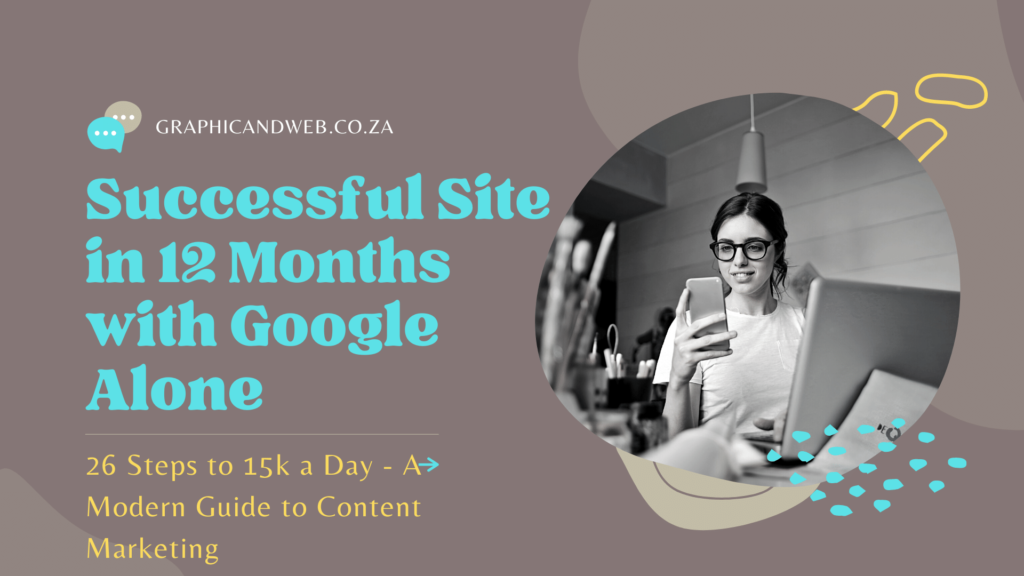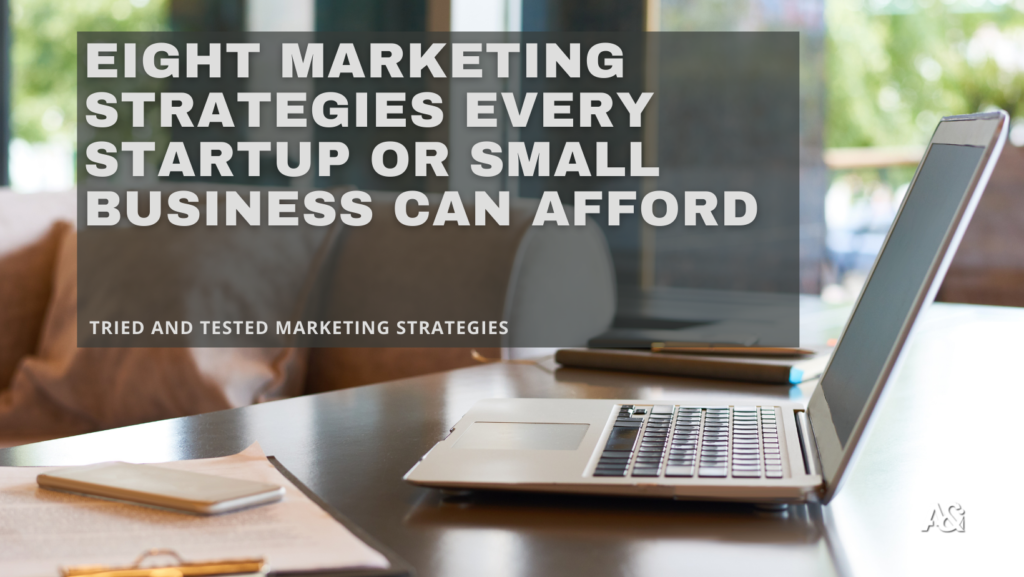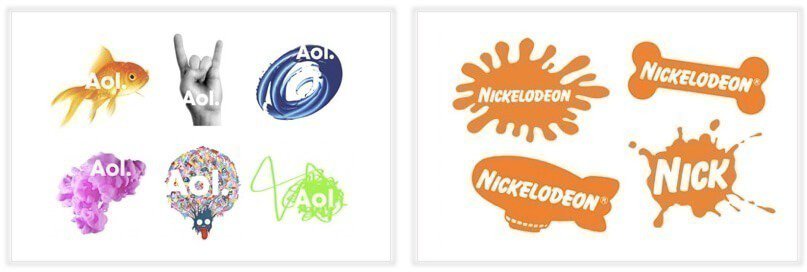#1 LOGO DESIGN
Logo and brand design are tightly intertwined since any logo is an inherent part of visual brand identity. Besides, a complete branding package almost always offers logo creation as one of its primary services.
Logo design is a perfect way to make your company noticeable among its competitors and lay the foundation for your future marketing success. Since its first days, a logo will build a strong association with your company and services. Hence, make sure to invest in its quality and design. Also, note that there are different types of logos to choose from.
You’ll have to design the most suitable option for your case. Regardless of whether you order a complete branding package or a separate item, a logo is a must. Ideally, the logo design should be created before both large or small business is launched. 01logo design for SF catering company
01logo design for SF catering company
#2 COLOR PALETTE
If you are just launching a company or still haven’t selected your brand colors, ask to add this option to your branding kit. A color palette has a significant influence on your brand image and perception.
Moreover, this branding package service is necessary for any company interested in long-term development and high-quality marketing. Note that color selection is a crucial visual branding step, so make sure to entrust it to professionals. 02Color Palette
02Color Palette
#3 EMAIL TEMPLATES
Nowadays, a huge number of business operations happen online. Hence, it’s almost impossible to keep the leading market position if you don’t use emails as one of your marketing channels.
This is especially true for those engaged in e-commerce. A branding kit of every online store would be incomplete without branded email templates.
They turn your newsletters into a more powerful promotional tool and encourage recipients to take action. Therefore, don’t hesitate to use this branding package option if you send a lot of B2C or B2B emails and need to brand them. 03A branding kit of every online store would be incomplete without branded email templates
03A branding kit of every online store would be incomplete without branded email templates
#4 WEBSITE
We know that websites aren’t the first thing associated with business branding packages. However, if you’re lucky to find a professional design agency, it may offer you website design as a branding kit option.
Moreover, it’s nice to have some branding elements on your official web page to promote your brand online. Even the most popular offline leaders need to work on their online presence to expand their target audience and promote their products. Thus, a stylish, convenient, and informative website is something any company cannot live without.
Check out a food provider’s website designed by The Coder to see how it combines several branding elements and promotes the services. 04Concept of website design
04Concept of website design
#5 TYPOGRAPHY
Let’s be honest, typography isn’t the most popular branding element, and many companies choose to ignore it. In most cases, they believe that font selection is easy and doesn’t require careful reasoning.
Only professionals know the power of typography and its impact on the overall perception of branding. Therefore, a full branding package includes typography as its key element supplementing others.
Unlike a large enterprise, a small business can do without customized fonts. Especially, if it doesn’t use a lot of titles or text content. Yet for seamless multifaceted branding experience, it’s better to design customized fonts. 05Typography one of the most branding element
05Typography one of the most branding element
#6 LETTERHEAD
If you send a lot of email attachments or use direct mail marketing, make sure to design a customized letterhead. This package branding element will make your message more memorable and increase response rates.
It usually includes the name and address of a company placed on its brand colors at the top of the page. Creating a letterhead, it’s important to stick to your brand style and use the right proportions of the heading and blank space. 06Letterhead design for SF catering company
06Letterhead design for SF catering company
#7 BROCHURES
Brochures aren’t included in all branding packages for an obvious reason. Therefore, if you want to start a direct mail campaign or distribute printed marketing materials through any other channels, discuss this directly with your design agency.
Most brochures contain the logo, slogan, services, advantages, and contact information of a company. This is a perfect mix that covers the informational needs of an average target audience. Professional designers will help you create a brochure that catches attention and presents your brand in the most appealing way. Also, this method is usually favored by a medium or small business that operates locally and bets on offline marketing. 07Mask Group 188
07Mask Group 188
#8 BUSINESS CARDS
Most corporate identity packages offer business cards. Easy to design and cheap to print they play an important role in your visual brand identity. If you hire many people and need a similar business card design, the agency will provide you with a customizable template.
Your company size and type of services have absolutely no impact on the necessity to use business cards. Everyone should be able to easily share their contact information. So it’s better to order business card design along with other branding items. 08Business cards design for SF catering company
08Business cards design for SF catering company
#9 PACKAGE DESIGN
In some cases, a branding package heavily depends on a product package (Sounds pretty complicated, right?) Let’s clarify what we mean here. Package design is the look of all products that end consumers see in a shop or an online store. Want an example? The Coder has created branding that includes package design, for Concierge Catering. Click here to check out the final result.
Packages have a strong influence on the decision-making process. Furthermore, people often buy something only because they like its look. Thus, if you are a company that produces any mass-market product, you’d better entrust your product package to professionals. This will be a wise investment in the development of your company and a great way to stand among your competitors. 09Packaging design for SF catering company
09Packaging design for SF catering company
#10 STYLE GUIDES
A style guide is a comprehensive rulebook with all specifications related to your brand. In particular, it will include your mission, vision, core values, company voice, logo, typography, and principles.
Style guides will come in handy to marketers, graphic designers, web developers, sales team, and anyone who needs to present a unified vision of your brand to your target audience.
This type of branding package is most suitable for large market players willing to build a far-reaching marketing strategy.
The listed items aren’t neither canonical nor exclusive. Besides, they don’t necessarily have to be included in every branding package. This is a basis you can rely on to understand what visual branding can boost your marketing campaign. In some cases, it’s even better to refuse from a branding package in favor of separate branded items.
If you hire a design agency that is flexible and open for communication, there should be no problems with that. You will be able to select the required branding elements and find the optimum solution for your project.
The Coder covers all these branding package elements and even more. Contact us to discuss branding package prices for your business. 10A style guide is a comprehensive rulebook with all specifications related to your brand
10A style guide is a comprehensive rulebook with all specifications related to your brand


















